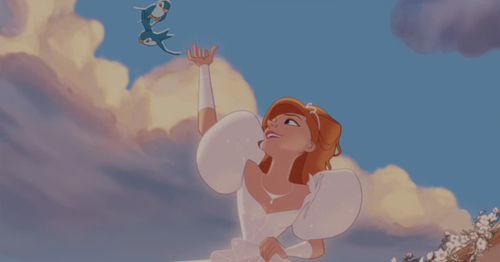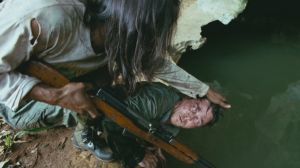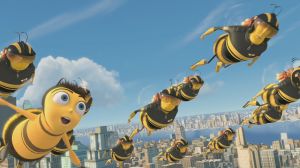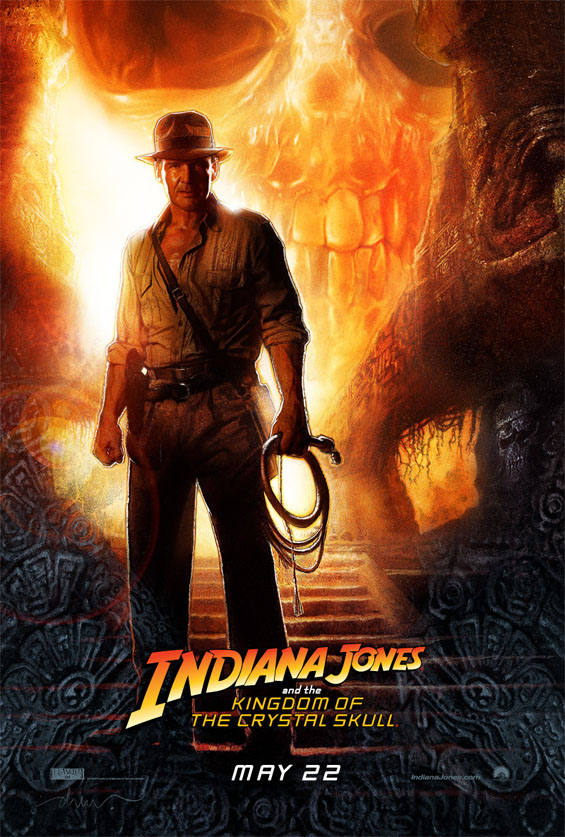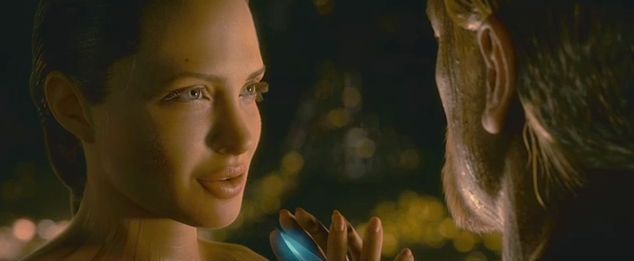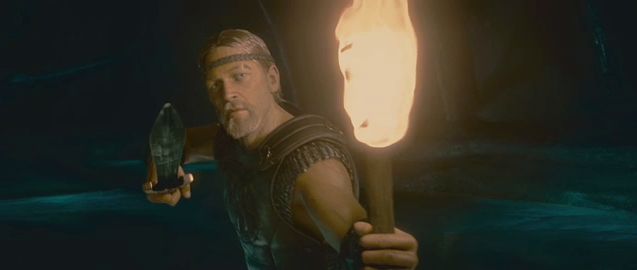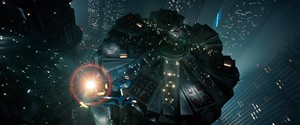An inner-city dwelling is being held-up as a model for other architects and builders to emulate after it incorporated a number of innovative alternatives to site-responsive design.
The project was inspired by recent designs that super-imposed images of Victorian buildings onto contemporary buildings in heritage streetscapes. “We took that basic design principle to its logical conclusion,” says designer Tony Le Corboxier. “We built a three storey concrete tilt-panel box and etched an image of a well-designed and sensitively sited building onto it.” In a satirical nod to the stuffy, old-fashioned ways of the past, the building chosen as the subject of the etching was the home demolished to make way for the new building.
The new dwelling, called simply “Innovative Brilliance,” was commended upon its completion by architectural commentators, who remarked upon its avoidance of clichéd design elements such as ornamentation, verandahs, parapets, eaves, doors, windows, or architectural merit. “This building has none of those things,” said Le Corboxier. “Architects often talk of thinking outside the box. But that’s defeatist. They just haven’t made the box big enough.”
Continue reading →
